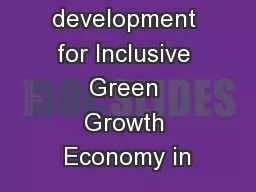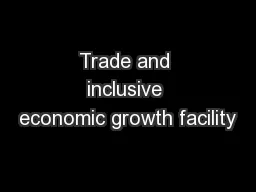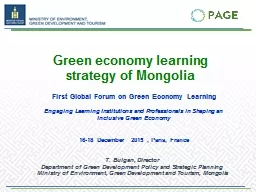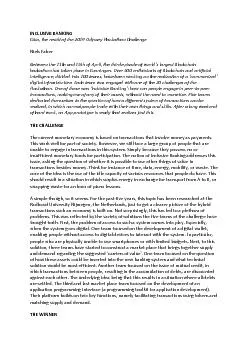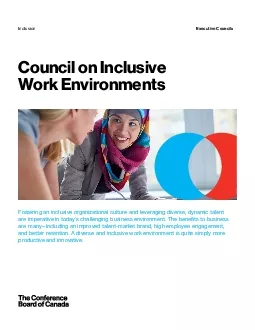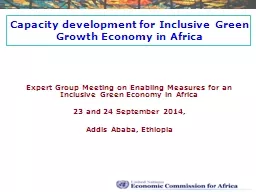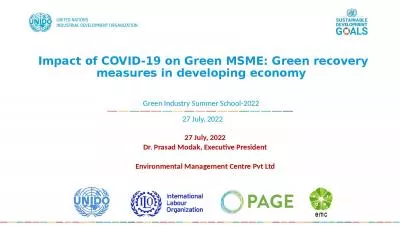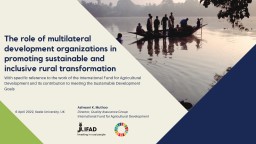PPT-Capacity development for Inclusive Green Growth Economy in
Author : natalia-silvester | Published Date : 2015-10-02
Expert Group Meeting on Enabling Measures for an Inclusive Green Economy in Africa 23 and 24 September 2014 Addis Ababa Ethiopia Outline Introduction Role of capacity
Presentation Embed Code
Download Presentation
Download Presentation The PPT/PDF document "Capacity development for Inclusive Green..." is the property of its rightful owner. Permission is granted to download and print the materials on this website for personal, non-commercial use only, and to display it on your personal computer provided you do not modify the materials and that you retain all copyright notices contained in the materials. By downloading content from our website, you accept the terms of this agreement.
Capacity development for Inclusive Green Growth Economy in: Transcript
Download Rules Of Document
"Capacity development for Inclusive Green Growth Economy in"The content belongs to its owner. You may download and print it for personal use, without modification, and keep all copyright notices. By downloading, you agree to these terms.
Related Documents

